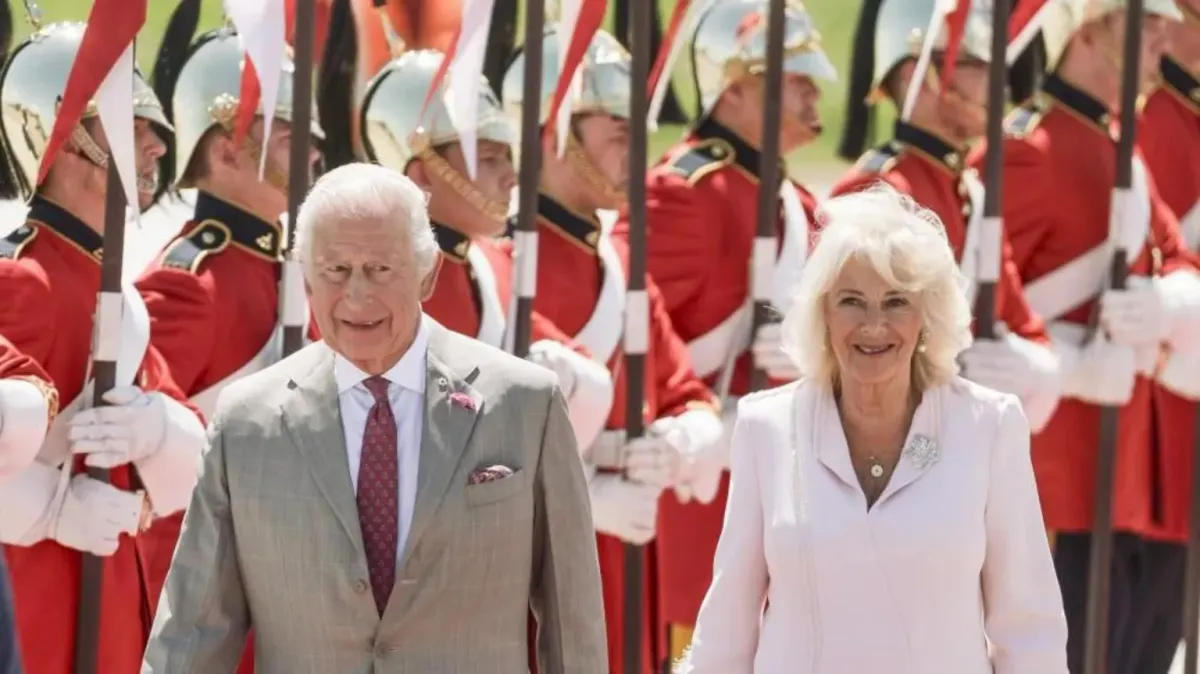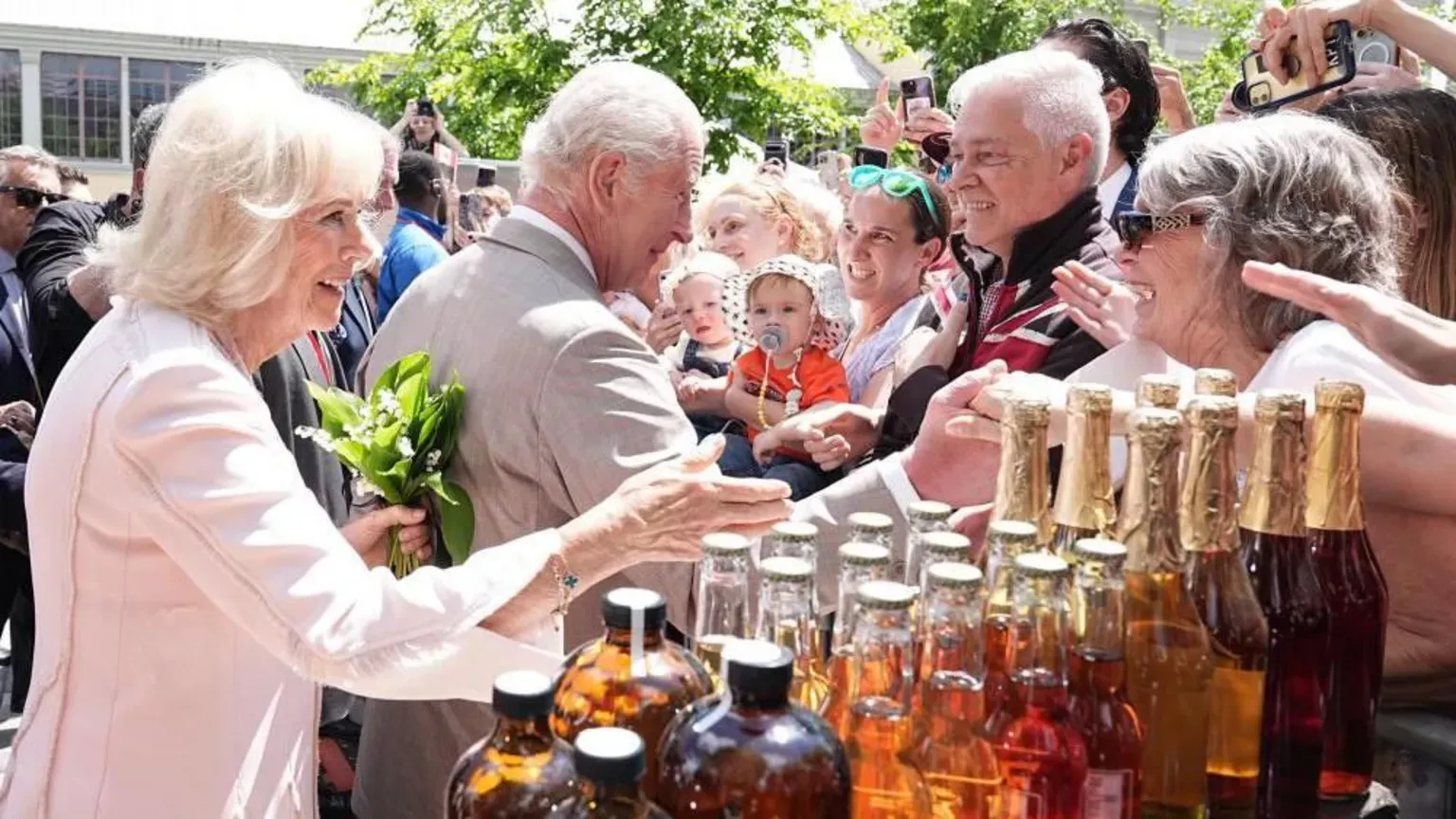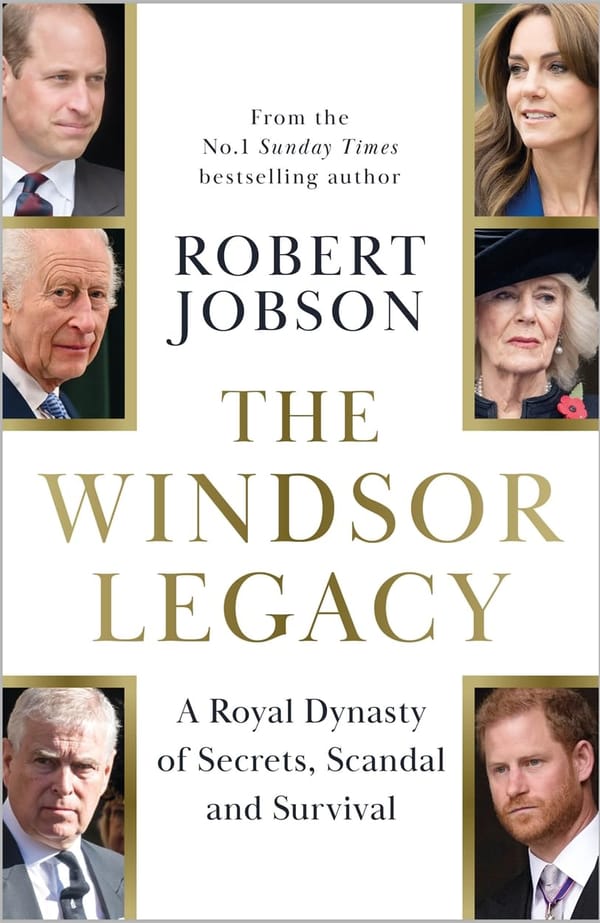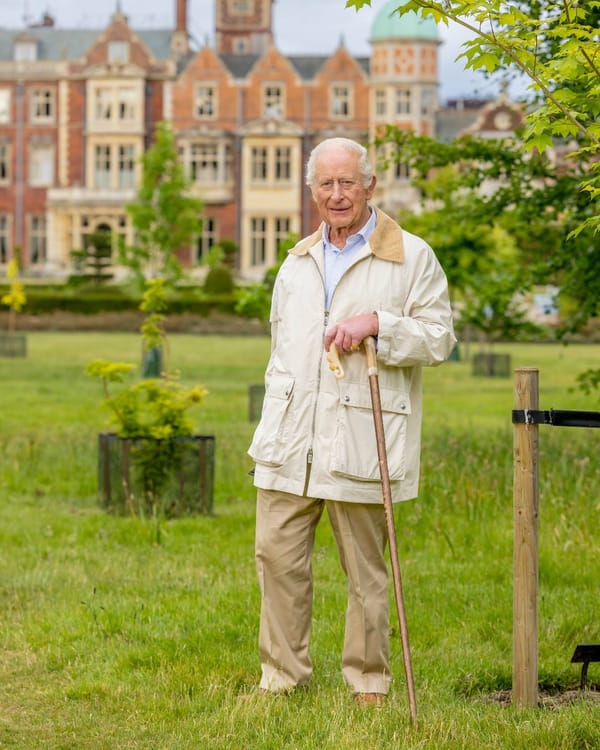Royal Pageantry Meets Political Strategy as King Charles III Arrives in Ottawa

King Charles III and Queen Camilla touched down in Canada's capital Monday afternoon, beginning a carefully orchestrated two-day royal visit that carries significant political weight beyond its ceremonial trappings. The trip, marking the first time a British monarch will deliver Canada's throne speech since 1977, arrives at a moment when Prime Minister Mark Carney's government is navigating increasingly strained relations with the United States.
A Royal Welcome with Strategic Timing
The monarchs' arrival at Ottawa MacDonald-Cartier International Airport at 1:15 PM local time was met with full ceremonial honors, including an honor guard from the Royal Canadian Dragoons and representatives from the Royal Canadian Mounted Police. Among the dignitaries greeting them were Prime Minister Carney, his wife Diana Fox Carney, and Governor General Mary Simon, Canada's first Indigenous person to serve in the role.
The timing of this royal visit is no coincidence. It comes as US President Donald Trump continues his provocative suggestions that Canada would fare better as America's 51st state, while simultaneously imposing trade restrictions that have strained the countries' historically close economic partnership.
Symbolic Details and Historical Connections
Queen Camilla's wardrobe choices reflected the visit's deeper significance. She wore a striking diamond maple leaf brooch with remarkable provenance—originally gifted by King George VI to Queen Elizabeth, the Queen Mother, ahead of their pioneering 1939 Canadian tour. The same brooch later became part of Queen Elizabeth II's collection and has been worn by other royal family members, including Catherine, Princess of Wales, creating a tangible link across generations of royal-Canadian relations.
The King complemented the formal atmosphere in a dark red patterned tie, while Queen Camilla chose an elegant light pink ensemble from a British designer.
Community Engagement and Cultural Exchange

Following the airport ceremony, the royal couple proceeded to Lansdowne Park in central Ottawa, where they engaged with local communities in a more relaxed setting. The King participated in a ceremonial street hockey puck drop—a quintessentially Canadian moment that delighted onlookers on what proved too warm a day for traditional ice hockey.
The community event showcased Canada's agricultural heritage and cultural diversity, with the monarchs sampling local specialties including maple syrup treats while meeting with farmers, vendors, and community representatives. School children from Ontario and Quebec were particularly prominent among the welcoming crowds, many participating in the Duke of Edinburgh programme established by the late Prince Philip in 1956.
Ceremonial Tree Planting Continues Century-Old Tradition
At Rideau Hall, the Governor General's official residence, the royal couple participated in the ceremonial planting of a Blue Beech tree—a species native to eastern North America renowned for its vibrant autumn foliage. This tradition, dating back to 1906, symbolizes international friendship and cooperation.
The ceremony held special significance as it marked King Charles's fifth tree planting in Canada and his second alongside Queen Camilla, reinforcing the continuity of the Crown's relationship with the nation.
Private Consultations and Constitutional Significance
The day concluded with private audiences between the King and both Governor General Simon and Prime Minister Carney. These meetings, while ceremonial in nature, underscore the constitutional relationship between the Crown and Canada's government, particularly relevant given the current geopolitical tensions.
Historic Throne Speech Awaits
Tuesday promises to be the visit's centerpiece, when King Charles will deliver the Speech from the Throne to Canada's Parliament—an event not witnessed since Queen Elizabeth II performed the same duty nearly five decades ago. This speech will outline the Carney government's legislative priorities and policy objectives, delivered with the added gravitas of royal presence.
Political Context and International Messaging
Prime Minister Carney's invitation to the King, extended earlier this year following his party's April electoral victory, sends a clear message about Canada's sovereignty and its enduring constitutional ties to the Crown. As Carney stated, "The Royal Visit is a reminder of the bond between Canada and the Crown – one forged over generations, shaped by shared histories, and grounded in common values."
This visit represents more than diplomatic courtesy; it's a strategic assertion of Canadian independence and constitutional stability at a time when the country faces unprecedented pressure from its southern neighbor. The presence of Indigenous leaders at the welcome ceremony further emphasizes Canada's commitment to reconciliation and its distinct identity separate from American influence.
The royal visit effectively reinforces Canada's position as a sovereign nation with deep historical roots and enduring institutional connections that transcend contemporary political pressures, sending a subtle but unmistakable message to Washington about Canada's unwavering independence.




